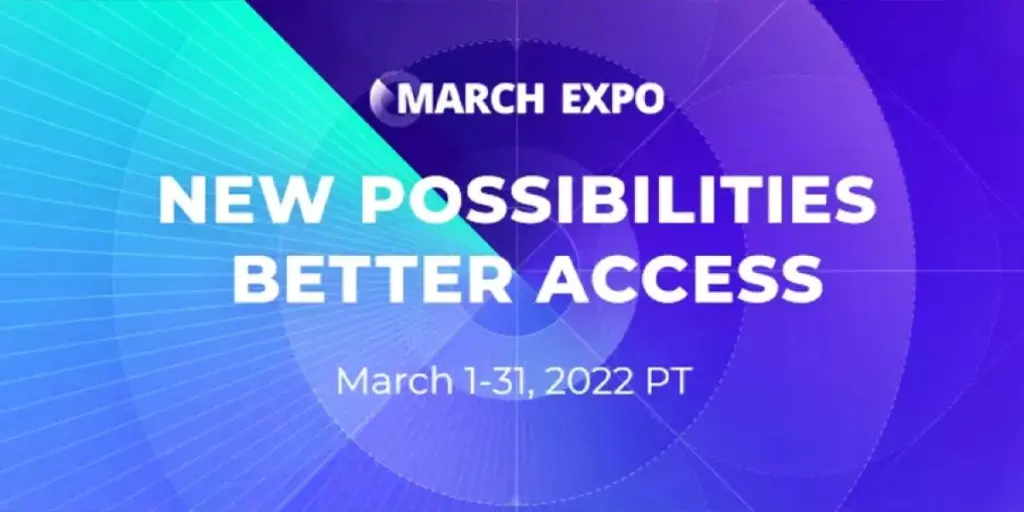As consumers shift to digital wallets, QR codes, and tap-to-pay, retailers must update their systems accordingly.

Retailers are facing an increasingly complex environment, juggling changing regulations, new payment methods, and emerging technologies such as AI.
Alex Rhodes, global head of Unified Commerce at Adyen, highlighted the difficulties retailers face in integrating various channels such as stores, e-commerce, mobile, and social platforms while maintaining a consistent customer experience.
Consumer expectations and payment methods
Consumers’ payment preferences are evolving rapidly, and retailers must keep up. A significant 55% of consumers will abandon a purchase if they cannot pay using their preferred method.
Digital wallets, QR codes, and ‘tap-to-pay’ are becoming more popular, with 27% of consumers now using their phones to make payments and 11% more adopting QR code payments each year.
However, many businesses are lagging behind, with only 28% accepting digital wallets and 17% supporting buy now pay later options both online and in-store.
The rise of social commerce
Social commerce is becoming increasingly influential, with 75% of retailers reporting revenue growth after enabling social media shopping.
In the past year, 44% of consumers made purchases through social media, and this trend is particularly popular among younger generations.
For example, 63% of Gen Z and 57% of millennials have shopped on social media, with a notable percentage being first-time buyers.
Enhancing checkout experiences
Retailers are encouraged to optimise their payment processes to ensure smooth transactions.
Mobile point-of-sale (mPOS) systems and self-checkout options can help reduce wait times and improve customer satisfaction.
Yet, only 15% of retailers currently offer self-checkout, and 20% use mPOS solutions.
The adoption of advanced technologies such as network tokenisation, which can improve card authorisation rates, is also limited, with only 16% of businesses implementing this practice.
Looking ahead: future trends
Future innovations in checkout experiences are expected to significantly enhance both efficiency and customer satisfaction.
Technologies such as AmazonGo’s ‘just walk out’ system are being adopted in various sectors beyond groceries, including sports stadiums.
Social commerce and metaverse payments are areas to watch.
With 13% of consumers expressing a desire for more purchases to be possible in the metaverse, and the launch of the TikTok shop in late 2023, these innovations are likely to become more mainstream.
By focusing on integrating efficient payment methods and enhancing the checkout experience, retailers can better meet consumer expectations and drive growth in a competitive landscape.
Source from Retail Insight Network
Disclaimer: The information set forth above is provided by retail-insight-network.com independently of Alibaba.com. Alibaba.com makes no representation and warranties as to the quality and reliability of the seller and products.




